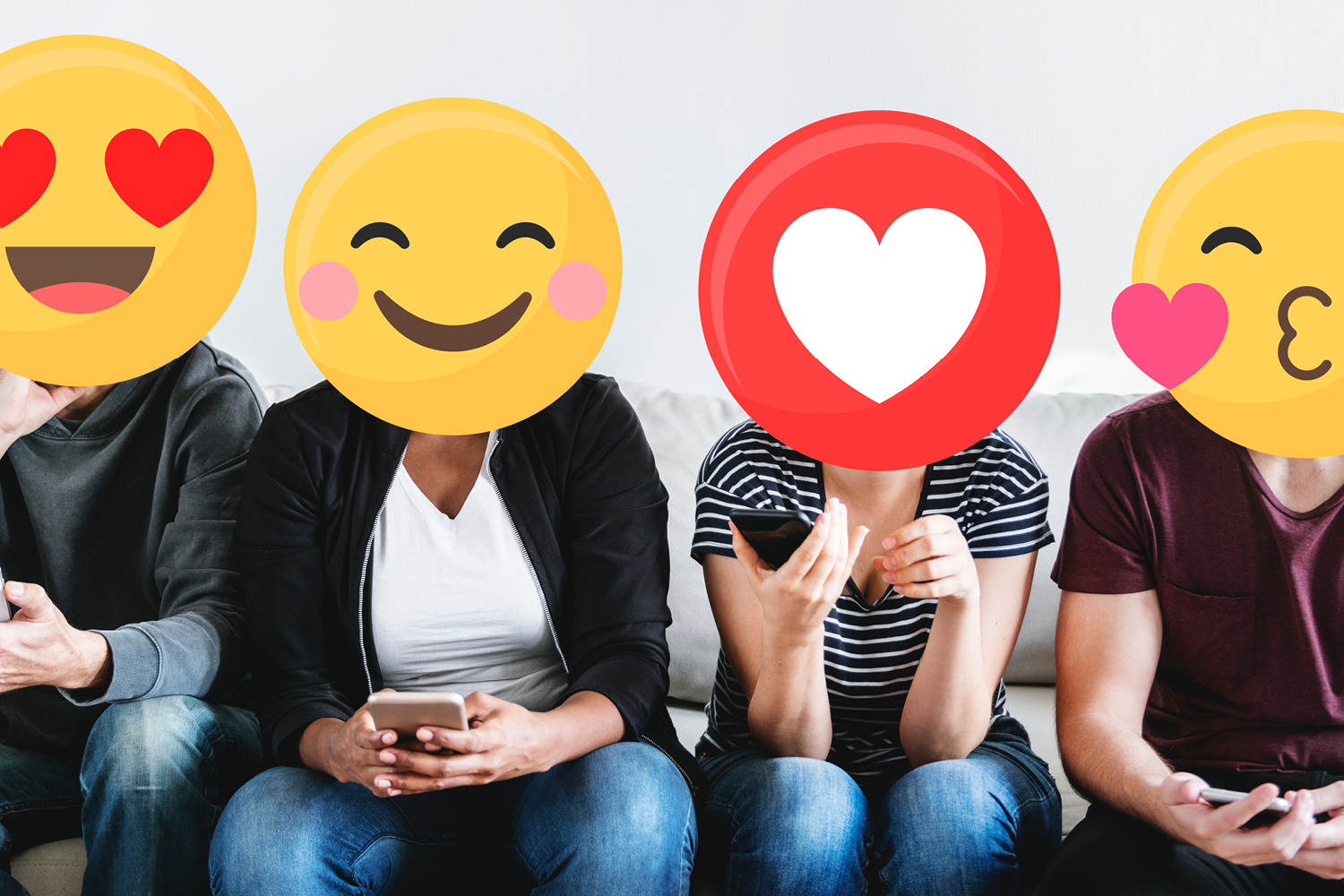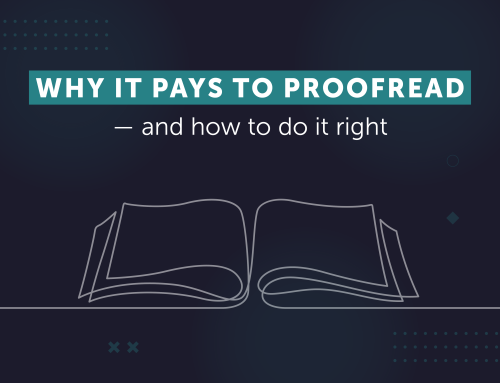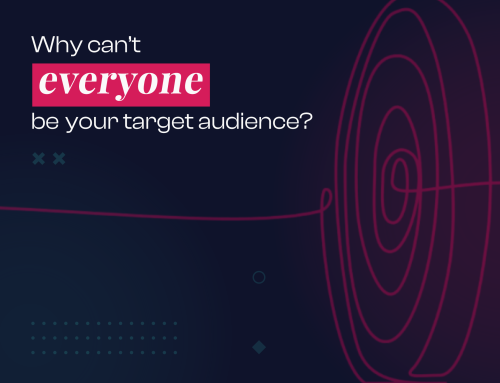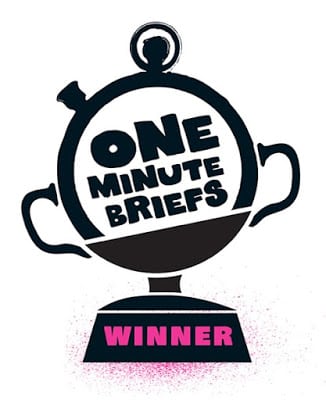If you own a smartphone, you’re probably pretty familiar with the emoji keyboard.
On the 29th of January, the Unicode Consortium announced it would be bringing a new batch of emojis to most platforms in the second half of 2020. The software update will see 117 new icons including the hipster drink of the moment, bubble tea; a pinched finger gesture, which is now being referred to simply as the “Italian hand”; and a fondue kit for all you cheese lovers out there.
But emojis are more than just a millennial fad; they are a universal digital language.
An emoji is designed to add an emotional nuance to otherwise flat text. From ? to ? and ?, the tiny characters mimic human expressions and represent all sorts of relatable situations and inanimate objects — allowing users to express sentiments quickly and precisely.
That was then; this is now
Using imagery and symbols to convey emotions and thoughts is nothing new. Just look at hieroglyphics. Over 35,000 years ago in ancient Egypt, the earliest ancestors of emoji language used elaborate symbols painted on the walls to communicate and record stories.
Fast forward to the 90s, and emoticons — primitive versions of what we now call emojis — first appeared on our computer screens. How many of you still use ‘:)’ and ‘:(’ in an email?!
By 1999, these emoticons then evolved into emojis thanks to Shigetaka Kurita, an artist working for Japan’s leading mobile carrier, DOCOMO. Kurita sketched a set of pixel images that users could select from a keyboard-like grid and send as individual characters to convey information in a simple, concise way.
The original 176 icons included characters such as a cloud, car, snowman, TV, GameBoy and an umbrella. Little did we know it at the time, but these funky little 12 by 12-pixel icons were the beginning of an entirely new visual language.
In 2010, Unicode officially adopted and standardised emojis — adding hundreds more to the original 176. Since then, the symbols have become popular with mobile users all around the world.
A more inclusive emoji keyboard
With popularity comes pressure. And since they first burst onto our screens, there’s been a lot of pressure on the designs and standards for emojis.
To ensure emojis are a language for everyone, the lexicon needs to be updated constantly to reflect the diversity of the digital world we live in. Unicode considers new icons every year, which means the emoji dictionary is continuously evolving with every iOS and Android update.
In the past, updates have included everything from mythical creatures like mermaids and vampires to our favourite (and least favourite!) foods like pie and broccoli. But perhaps more importantly, Unicode has also added more inclusive emojis — from new skin tones, and grey and red hair colours to the pride flag and emoji sign language symbol.
In the 2020 update, Unicode has made efforts to make emojis even more inclusive with a consistent set of gender options across the board. Mx. Claus, a woman wearing a tuxedo and the transgender flag will be just some of the new gender-neutral emojis to hit our screens later on this year.
Meanwhile, emojis are beginning to take on new shapes as technology continues to advance. Through Apple’s face-tracking technology, you can now animate an emoji using your facial gestures. At the moment, the feature only works with a select few animal icons such as the dog, cat, pig and monkey (and for some bizarre reason, the poop symbol ?). But we doubt it will be long before the tech can be used on everything with a face in the emoji library.

Is there such a thing as too many emojis?
Emojis have become a hallmark of how we communicate. These days, they’re everywhere. They show up in press releases, in adverts, in news articles and even in company emails.
From a marketing perspective, they can be highly valuable — particularly on social media. Consumers spend about four hours per day on their mobile phones, and they spend nearly half of that time perusing social media channels.
Emojis are wildly popular on social platforms because they are more casual than words and add clarity to ambiguous sentiments. We don’t all speak the same language — but we do speak emoji. This presents an excellent opportunity for brands and businesses globally to connect with their audience through emojis.
However, before using them across your social media marketing, it’s essential to consider 1) whether they are appropriate for your brand and audience and 2) whether they are in line with your messaging and aim for that particular post. If they’re a good fit for your business, then go ahead! Just be careful not to go completely overboard…
Does trying to keep up with the latest digital trends make you feel ??? Get in touch with us today, and we’ll take all the hassle out of your digital marketing!










